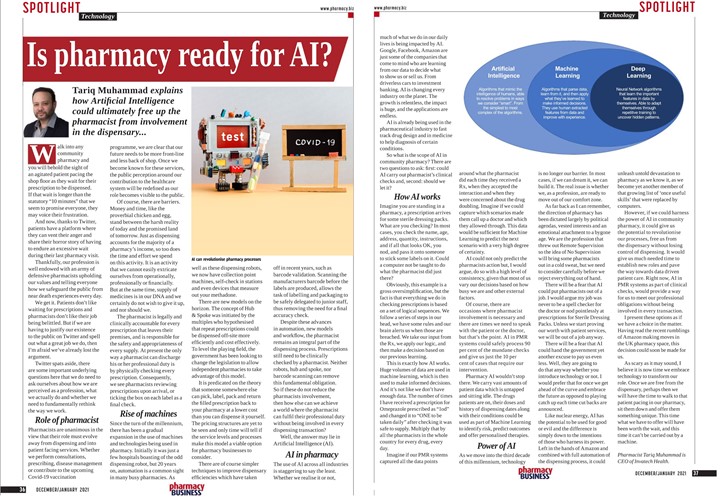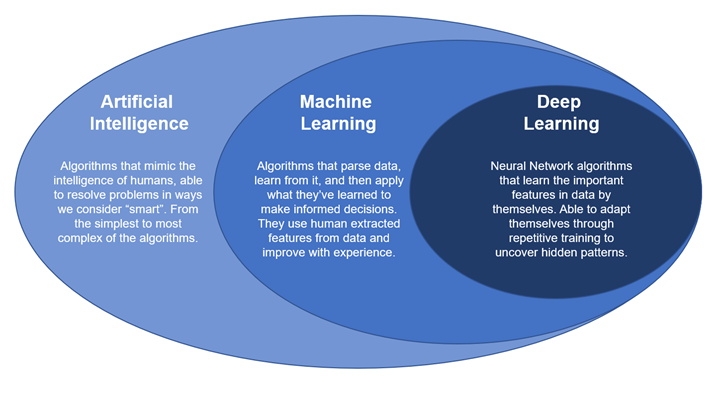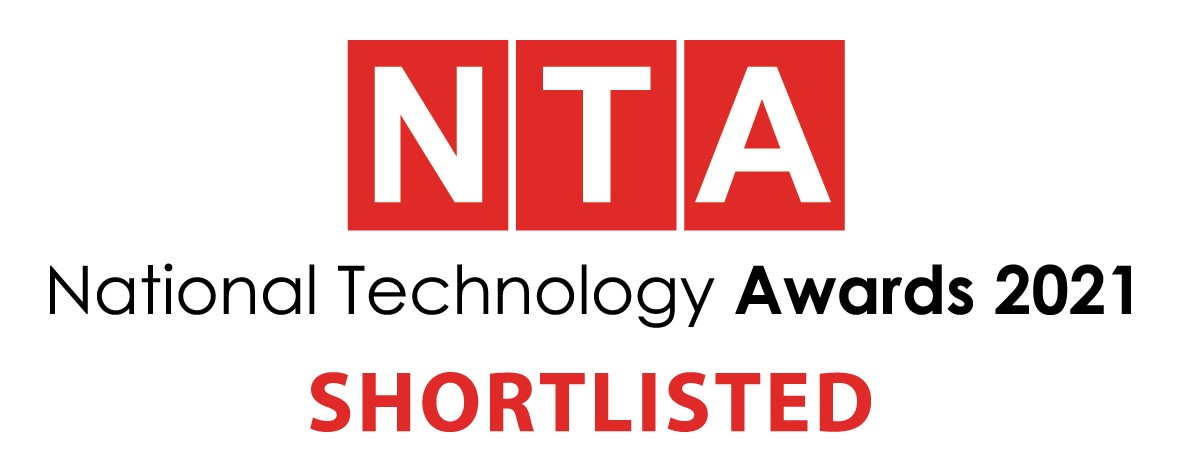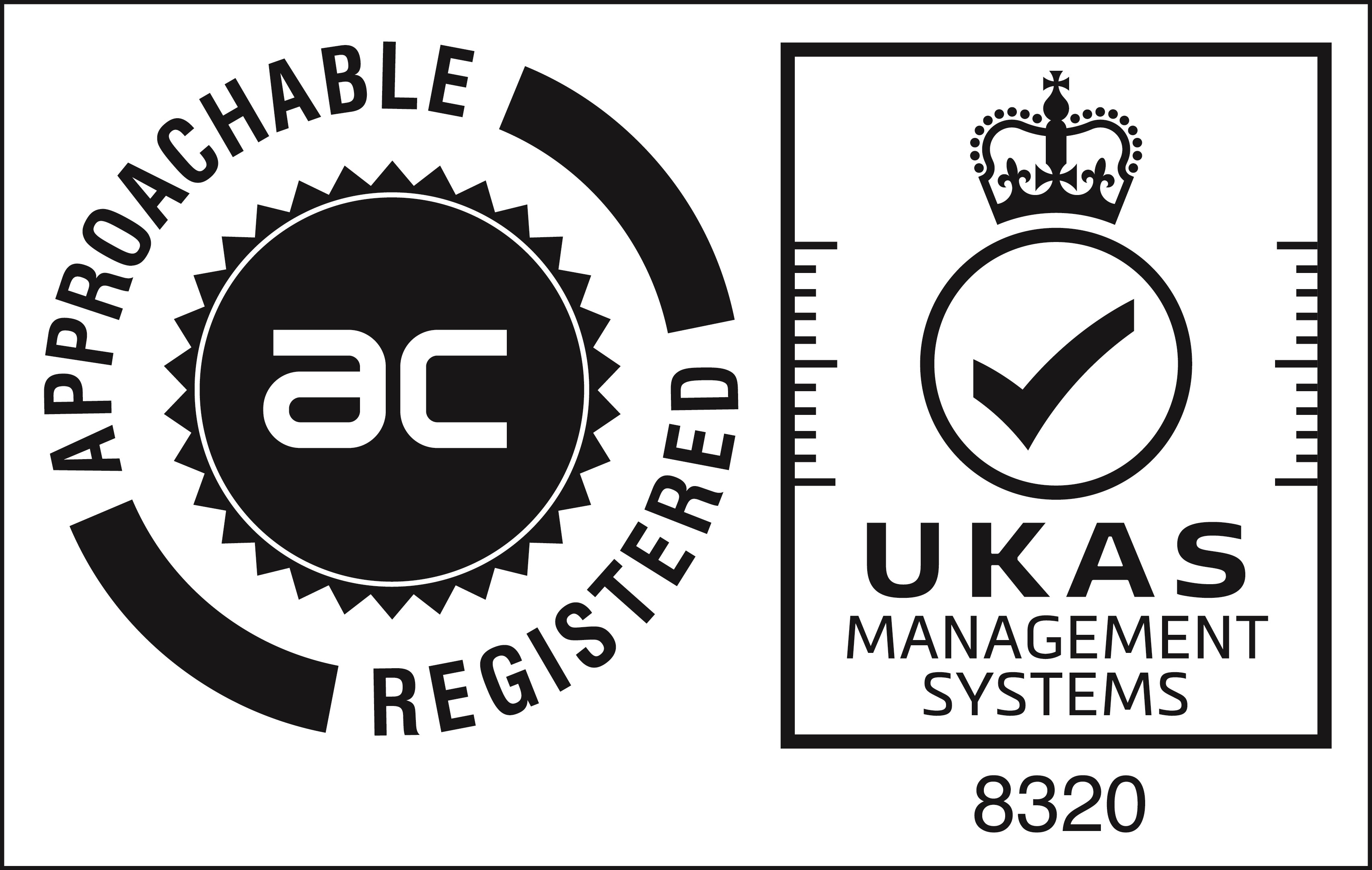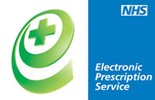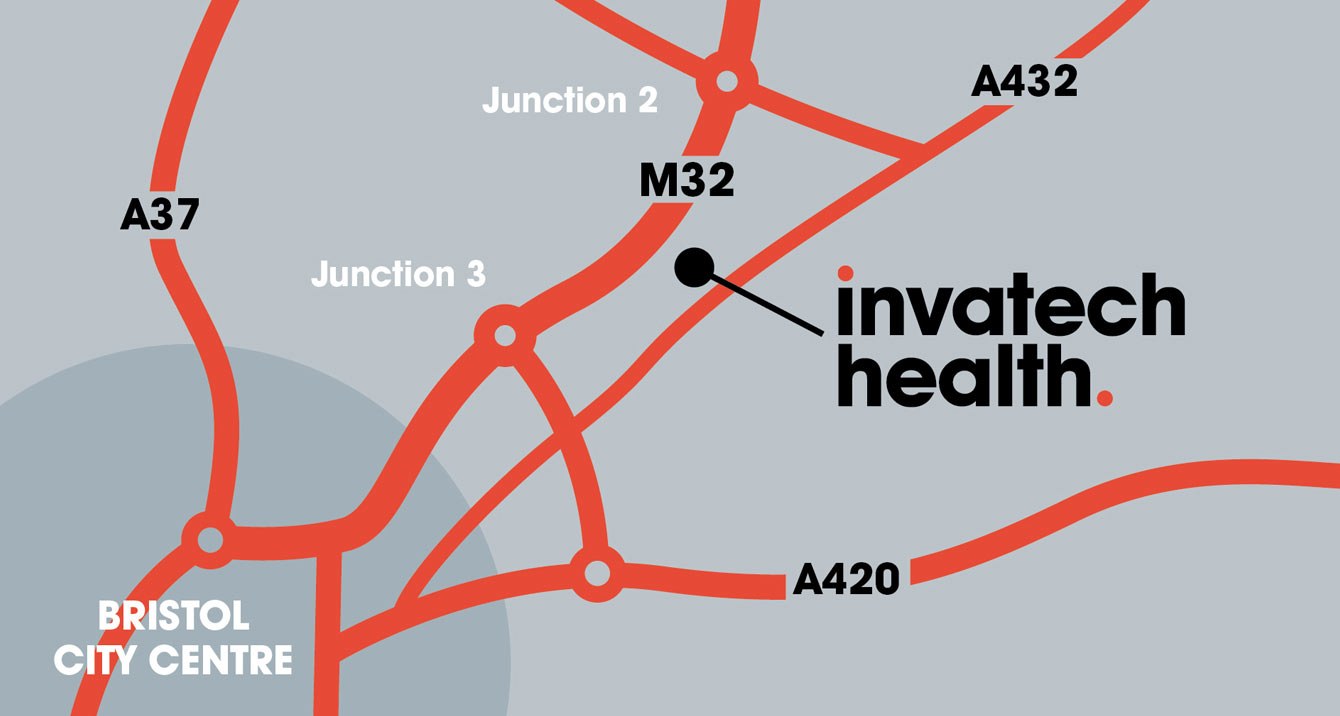Is Pharmacy Ready for Artificial Intelligence?
Walk into any community pharmacy and you will behold the sight of an agitated patient pacing the shop floor as they wait for their prescription to be dispensed. If that wait is longer than the statutory “10 minutes” that we seem to promise everyone, they may voice their frustration. And now, thanks to Twitter, patients have a platform where they can vent their anger and share their horror story of having to endure an excessive wait during their last pharmacy visit.
Thankfully, our profession is well endowed with an army of defensive pharmacists upholding our values and telling everyone how we safeguard the public from near death experiences every day.
We get it. Patients don’t like waiting for prescriptions and pharmacists don’t like their job being belittled. But if we are having to justify our existence to the public on Twitter and spell out what a great job we do, then I’m afraid we’ve already lost the argument.
Twitter spats aside, there are some important underlying questions here that we do need to ask ourselves about how we are perceived as a profession, what we actually do and whether we need to fundamentally rethink the way we work.
The Role of the Pharmacist
Pharmacists are unanimous in the view that their role must evolve away from dispensing and into patient facing services. Whether we perform consultations, prescribing, disease management or contribute to the upcoming Covid-19 vaccination programme, we are clear that our future needs to be more front-line and less back of shop. Once we become known for these services, the public perception around our contribution to the healthcare system will be redefined as our role becomes visible to the public.
Of course there are barriers. Money and time, like the proverbial chicken and egg, stand between the harsh reality of today and the promised land of tomorrow. Just as dispensing accounts for the majority of a pharmacy’s income, so too does the time and effort we spend on this activity. It is an activity that we cannot easily extricate ourselves from operationally, professionally or financially. But at the same time, supply of medicines is in our DNA and we certainly do not wish to give it up, and nor should we.
The pharmacist is legally and clinically accountable for every prescription that leaves their premises, and is responsible for the safety and appropriateness of every supply. At present the only way a pharmacist can discharge his or her professional duty is by physically checking every prescription. Consequently, we see pharmacists reviewing prescriptions upon arrival, or ticking the box on each label as a final check.
The Rise of Machines
Since the turn of the millennium, there has been a gradual expansion in the use of machines and technologies being used in pharmacy. Initially it was just a few hospitals boasting of the odd dispensing robot, but 20 years on, automation is a common sight in many busy pharmacies. As well as these dispensing robots, we now have collection point machines, self-check in stations and even devices that measure out your methadone.
There are new models on the horizon. The concept of Hub & Spoke was initiated by the multiples who hypothesised that repeat prescriptions could be dispensed off-site more efficiently and cost effectively. To level the playing field, the government has been looking to change the legislation to allow independent pharmacies to take advantage of this model. It is predicated on the theory that someone somewhere else can pick, label, pack and return the filled prescription back to your pharmacy at a lower cost than you can dispense it yourself. The pricing structures are yet to be seen and only time will tell if the service levels and processes make this model a viable option for pharmacy businesses to consider.
There are of course simpler techniques to improve dispensary efficiencies which have taken off in recent years, such as barcode validation. Scanning the manufacturers barcode before the labels are produced, allows the task of labelling and packaging to be safely delegated to junior staff, thus removing the need for a final accuracy check.
Despite these advances in automation, new models and workflow, the pharmacist remains an integral part of the dispensing process. Prescriptions still need to be clinically checked by a pharmacist. Neither robots, hub and spoke, nor barcode scanning can remove this fundamental obligation. So if these do not reduce the pharmacists involvement, then how else can we achieve a world where the pharmacist can fulfil their professional duty without being involved in every dispensing transaction?
Well, the answer may lie in Artificial Intelligence (AI).
The Dawn of Pharmacy AI
The use of AI across all industries is staggering to say the least. Whether we realise it or not, much of what we do in our daily lives is being impacted by AI. Google, Facebook, Amazon are just some of the companies that come to mind who are learning from our data to decide what to show us or sell us. From driverless cars to investment banking, AI is changing every industry on the planet. The growth is relentless, the impact is huge, and the applications are endless.
AI is already being used in the pharmaceutical industry to fast track drug design and in medicine to help diagnosis of certain conditions.
So what is the scope of AI in community pharmacy? There are 2 questions to ask. (1) Could AI carry out pharmacist’s clinical checks and, (2) Should we let it?
Could AI perform Clinical Checks?
Imagine you are standing in a pharmacy, a prescription arrives for some Sterile Dressing Packs. What are you checking? In most cases, you check the name, age, address, quantity, instructions, and if all that looks OK, you nod, and pass it onto someone to stick some labels on it. Could a computer not be taught to do what the pharmacist did just there?
Obviously, this example is a gross oversimplification, but the fact is that everything we do in checking prescriptions is based on a set of logical sequences. We follow a series of steps in our head, we have some rules and our brain alerts us when those are breached. We take our input from the Rx, we apply our logic, and then make a decision based on our previous learning.
This is exactly how AI works. Huge volumes of data are used in Machine Learning, which is then used to make informed decisions. And it’s not like we don’t have enough data. The number of times I have received a prescription for Omeprazole prescribed as “1od” and changed it to “ONE to be taken daily” after checking it was safe to supply. Multiply that by all the pharmacists in the whole country for every drug, every day.
Imagine if our PMR systems captured all the data points around what the pharmacist did each time they received a Rx, when they accepted the interaction and when they were concerned about the drug doubling. Imagine if we could capture which scenarios made them call up a doctor and which they allowed through. This data would be sufficient for Machine Learning to predict the next scenario with a very high degree of certainty.
AI could not only predict the pharmacists action but, I would argue, do so with a high level of consistency, given that most of us vary our decisions based on how busy we are and other external factors.
Of course, there are occasions where pharmacist involvement is necessary and there are times we need to speak with the patient or the doctor, but that’s the point. AI in PMR systems could safely process 90% of the mundane checks and give us just the 10% of cases that require our intervention.
Pharmacy AI wouldn’t stop there. We carry vast amounts of patient data which is untapped and sitting idle. The drugs patients are on, their doses and history of dispensing dates along with their conditions could be used as part of Machine Learning to identify risk, predict outcomes and offer personalised therapies.
Should AI be used in Pharmacy?
As we move into the third decade of this millennium, technology is no longer our barrier. In most cases, if we can dream it, we can build it. The real issue is whether we, as a profession, are ready to move out of our comfort zone.
As far back as I can remember, the direction of pharmacy has been dictated largely by political agendas, vested interests and an emotional attachment to a bygone age. We are the profession that threw out Remote Supervision so the idea of No Supervision will bring some pharmacists out in a cold sweat, but we need to consider carefully before we reject everything out of hand.
There will be a fear that AI could put pharmacists out of a job. I would argue my job was never to be a spell checker for the doctor or nod pointlessly at prescriptions for Sterile Dressing Packs. Unless we start proving our worth with patient services, we will be out of a job anyway.
There will be a fear that AI could hand the government yet another excuse to pay us even less. Well, they are going to do that anyway whether you introduce technology or not. I would prefer that for once we get ahead of the curve and embrace the future as opposed to playing catch up each time cut backs are announced.
Like nuclear energy, AI has the potential to be used for good or evil and the difference is simply down to the intentions of those who harness its power. Left in the hands of Amazon and combined with full automation of the dispensing process, it could unleash untold devastation to pharmacy as we know it, as we become yet another member of that growing list of ‘once useful skills’ that were replaced by computers.
However, if we could harness the power of AI in community pharmacy, it could give us the potential to revolutionise our processes, free us from the dispensary without losing control of dispensing. It would give us much needed time to establish new roles and pave the way towards data driven patient care. Right now, AI in PMR systems as part of clinical checks, would provide a way for us to meet our professional obligations without being involved in every transaction.
I present these options as if we have a choice in the matter. Having read the recent rumblings of Amazon making moves in the UK pharmacy space, this decision could soon be made for us.
As scary as it may sound, I believe it is now time we embrace technology to transform our role. Once we are free from the dispensary, perhaps then we will have the time to walk to that patient pacing in our pharmacy, sit them down and offer them something unique. This time what we have to offer will have been worth the wait, and this time it can’t be carried out by a machine.

